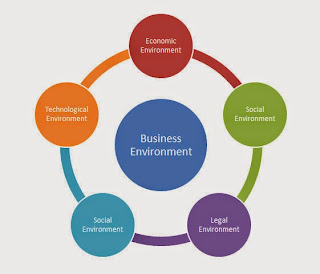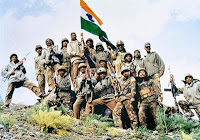Business Environment
Very Short Q & A

Dimensions of Business Environment
Q1: Define Business Environment
Answer: The totality of all individuals, institutions and other forces that are outside a business enterprise but that may affect its functioning and performance.
Q2: Give one importance of business environment?
Answer: It enables the firm to identify opportunities & getting the first movers advantages.
Q3: Which environment describes characteristics of the society in which the organization exists?
Answer: Social Environment
Q4:How have customers benefited by increased competition after liberalisation and globalisation?
Answer: At the time of purchase customers get a wider choice of products and services. They can compare quality of the products.
Q5: List any two elements of political environment?
Answer:












